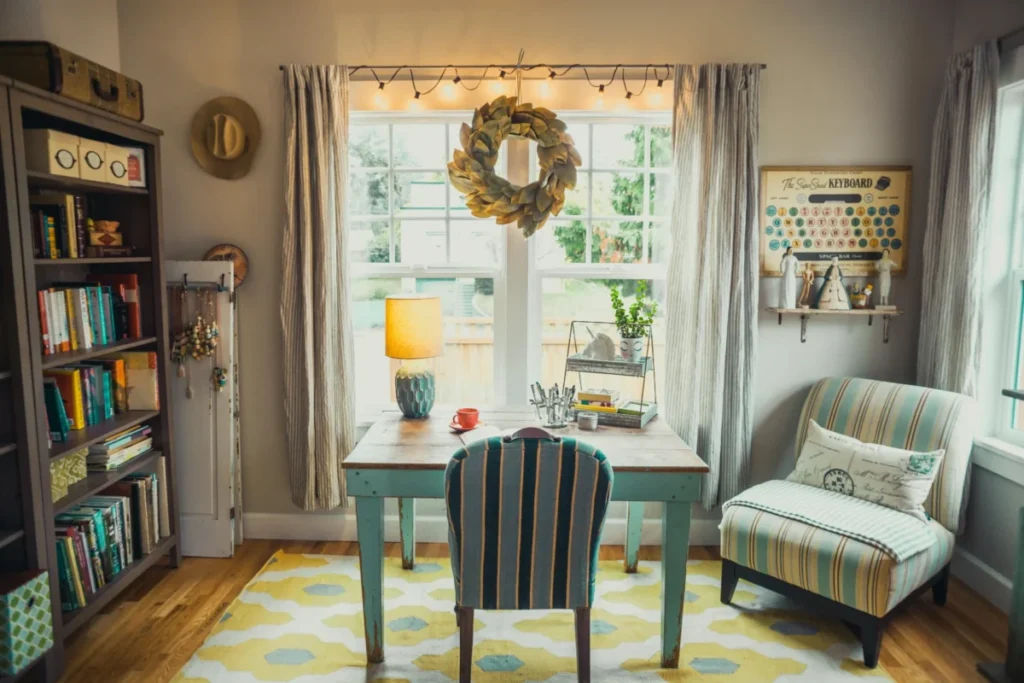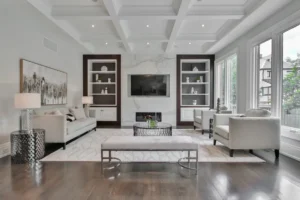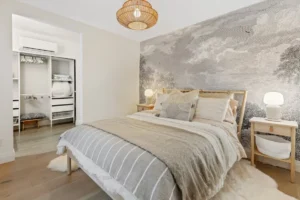Why do we spend thousands decorating a space that still doesn’t feel good to live in?
You pick the perfect paint, get the trendy furniture, maybe even throw in a statement rug. But at the end of the day, something still feels…off. It’s not cozy. It’s not calming. It’s definitely not where you want to be after a long day. And you’re not alone. Across the country, people are rethinking what “home” actually means, especially after spending months stuck inside it during lockdowns.
In cities like Pittsburgh, where the weather can swing from icy sleet to muggy heat in a single week, the need for a home that feels good, not just looks good, has become obvious. Style might grab attention, but real comfort is what keeps you sane.
In this blog, we will share why true comfort is about how your space works, how it supports your life, and why chasing trends is often the fastest way to feel uncomfortable in your own home.
What Comfort Really Looks Like in 2025
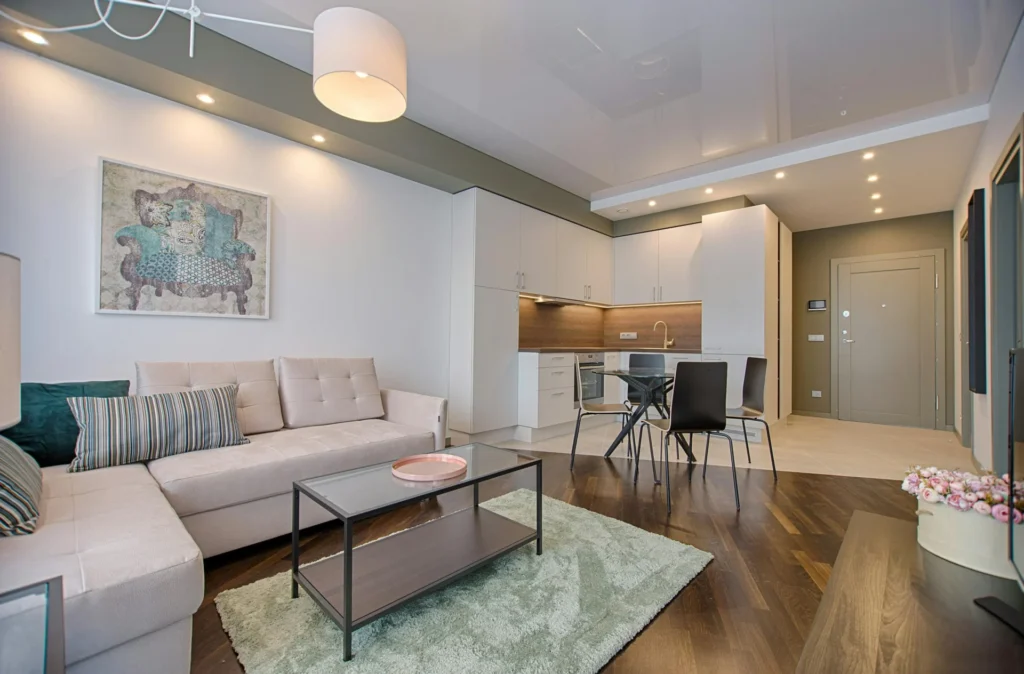
Comfort today looks a lot like flexibility. As more people work from home, even part-time, they want spaces that can shift with them. A living room may need to double as a workspace, a play area, or a workout zone. The design has to keep up.
Climate change and rising utility costs also play a big role. Homes are now judged by how efficiently they can keep the temperature stable. That’s especially important in places like Pittsburgh, where the weather is about as predictable as a toddler in a candy aisle.
One major upgrade homeowners are turning to is better windows. The right windows can drastically reduce energy bills and improve indoor air quality. And if you’re tired of freezing near your own couch during January, a reliable Pittsburgh energy efficient windows company might be exactly what you need. These aren’t just “green” upgrades for the sake of buzzwords. They’re investments that make day-to-day life more livable and cheaper.
This idea of comfort also intersects with health. Poor ventilation and drafty construction aren’t just annoying; they can aggravate allergies, affect sleep, and even mess with your immune system. People aren’t just looking for pretty homes. They want healthy homes.
The Problem With “Perfect” Design
Here’s the thing about stylish homes: they often follow trends that weren’t designed for actual people. Ever seen one of those minimalist white living rooms with no visible storage, no books, and only one chair? That’s not comfort. That’s anxiety with a fresh coat of paint.
Perfection in design rarely allows for human imperfection. Real life comes with dog toys, mail, dishes, charging cords, mismatched mugs, and kids who somehow use 47 blankets a day. Comfort means accounting for those things. It means building a home that doesn’t make you feel like you’re ruining the aesthetic just by living in it.
And ironically, the more people chase after that “perfect” look, the less at home they feel. You can’t relax in a place where you’re always worried about smudging the walls or keeping the couch wrinkle-free.
Comfort is permission to be human. It’s designing around your habits, not someone else’s Pinterest board.
How Society Is Redefining Home Comfort
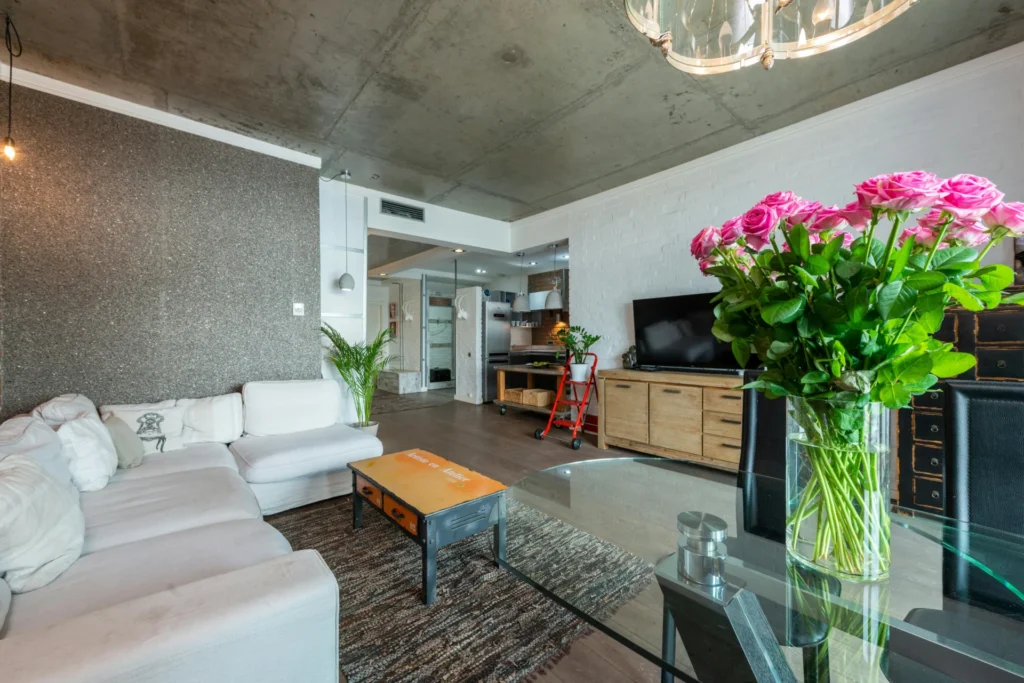
It’s no coincidence that furniture companies are shifting their marketing. Look around and you’ll see ads highlighting not just looks, but durability. Words like “family-proof,” “multi-functional,” and “anti-sag cushions” are everywhere. That’s a response to changing consumer priorities.
Even tech companies are getting involved. Smart thermostats, air purifiers, noise-cancelling panels, you name it. The comfort conversation is expanding, and everyone wants a seat at the table.
Younger generations in particular are pushing back on the idea that home should look a certain way. They’re mixing styles, ignoring trends, and prioritizing pieces that mean something. A comfy reading chair matters more than a picture-perfect sofa no one’s allowed to sit on.
And with remote work becoming more common, the house is no longer just a weekend haven. It’s where people spend most of their waking hours. That has changed what comfort looks like. People want warmth, air flow, and sunlight. Not just statement walls and floating shelves.
Simple Changes That Actually Make a Difference
You don’t need a renovation budget to make your home feel better. Sometimes, it’s about making small shifts that align with your daily rhythm.
Lighting is a great place to start. Swap harsh overhead lights for lamps with warm bulbs. It softens the room and helps your brain switch into “relax” mode. Add blackout curtains in the bedroom. Or better yet, layer them with sheer panels so you can control light throughout the day.
If noise drives you crazy, add soft materials. Rugs, curtains, fabric wall hangings. They absorb sound and reduce echo. If your place always feels cold, draft stoppers and insulated curtains can be game-changers. And if you’re constantly rearranging your space, consider furniture on wheels. Mobility equals flexibility.
Storage also matters. Not just big closets, but smart storage like under-bed drawers or coffee tables with hidden compartments. Comfort comes from not constantly bumping into clutter.
The point isn’t to buy more stuff. It’s to make the stuff you already have work for you, not against you.
The Emotional Side of Comfort
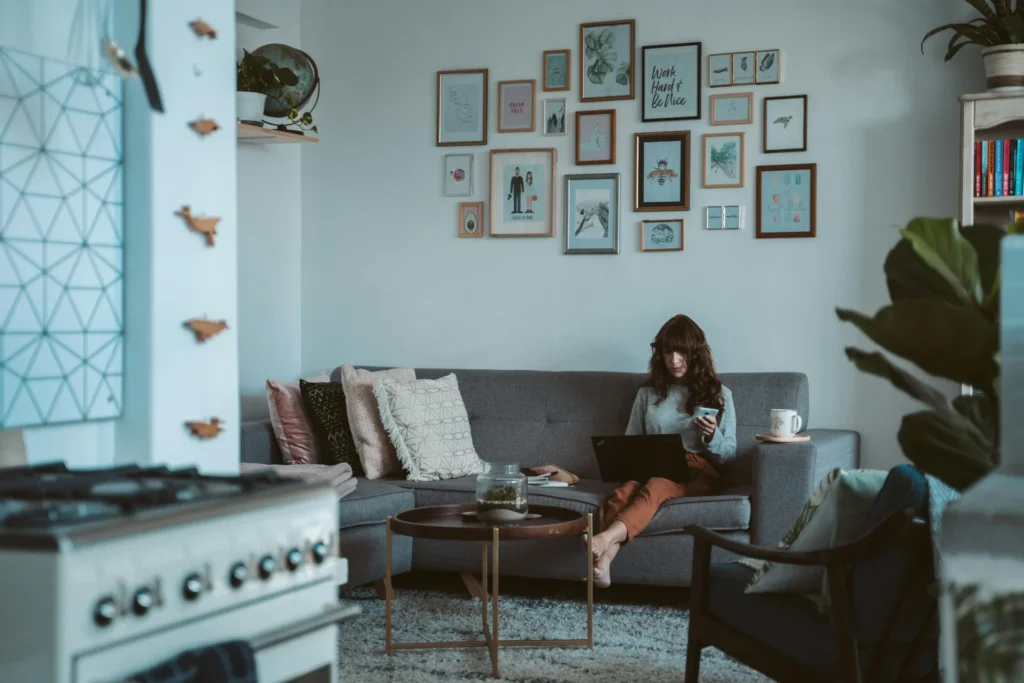
Comfort isn’t just physical. It’s emotional, too. We tend to underestimate how much our surroundings affect our mood. Harsh light, clutter, and poor layout all create low-grade stress that piles up.
A truly comfortable home gives you a sense of control. It reflects your identity and supports your routine. That might mean a basket by the door for keys and wallets. Or a quiet reading nook that instantly calms you the moment you sit down.
It’s about building in little wins. Not fighting your home every time you want to relax.
And yes, sometimes comfort means saying no to what’s “in.” You don’t need a bar cart if you don’t drink. You don’t need a huge sectional if you live alone and like to sprawl. You need what works for you.
Where It All Comes Together
Comfort at home isn’t some abstract idea or luxury reserved for the wealthy. It’s a collection of choices, big and small, that add up to a space that serves you. It’s about living in a way that’s intentional, not performative.
Design will always evolve, and styles will come and go. But comfort, when done right, has staying power. It supports your health, mood, energy, and overall well-being. It doesn’t ask you to be anyone other than yourself.
And that’s the kind of home we all deserve.






